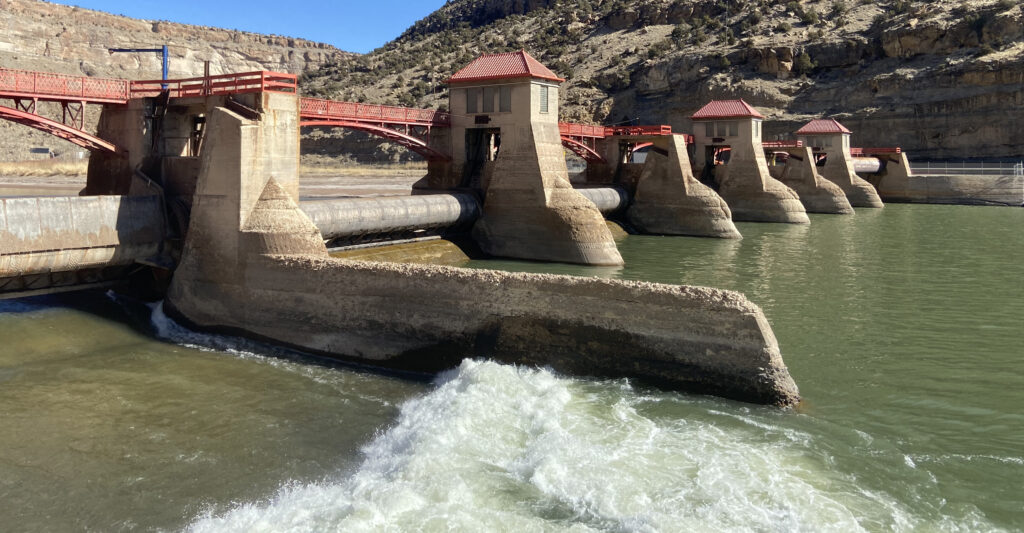We talk about the 15-Mile Reach a lot. But that’s because we are so excited about our project there. Last year, Colorado Water Trust entered into an historic agreement with the Orchard Mesa Irrigation District (OMID) and the Grand Valley Water Users Association (GVWUA) that enables the Water Trust to deliver water through the Grand Valley Power Plant that OMID operates, and boosts streamflow in the 15-Mile Reach of the Colorado River. We make water deliveries during times when additional streamflow helps to support the endangered fish species that live there, and when that need coincides with a period when there is available capacity in the hydroelectric power plant for the project to use. In most years, that window of opportunity can fall in April (you may have heard of the infamous “April Hole”) or late summer. You can read more about our 15-Mile Reach project, the April Hole, and last summer’s streamflow restoration effort.

But how do Coloradans support endangered fish in the 15-Mile Reach during other times of the year? One impactful way is through annual Coordinated Reservoir Operations (CROS). CROS is a voluntary coordination between several major western slope reservoir operators, including the Bureau of Reclamation, Colorado Springs Utilities, the Colorado River District, Denver Water, and the Northern Colorado Water Conservancy District. CROS is a program that the Colorado Water Conservation Board helped to set up twenty years ago and it continues to benefit Colorado’s rivers today. Participating reservoir operators work together to strategically increase peak streamflow through the 15-Mile Reach in both rate and duration. The reservoir operators collaborate to help the 15-Mile Reach, while also ensuring that their reservoirs fill each spring, so they can provide water during the rest of the year for uses such as irrigation, municipal consumption, and recreation.
The reservoir operators carefully balance releases and storage through collaboration and frequent meetings. Real-time data supports their operational decisions, including weather forecasts from the Weather Service, streamflow forecasts from the Colorado Basin River Forecast Center, biological information from the U.S. Fish and Wildlife Service, and water rights administration information from the Division 5 Engineer. Major West Slope water users, including Xcel Energy, which operates the Shoshone hydroelectric energy facility, and the Cameo call irrigation users join in the planning as well, providing information on how much water they are calling down the Colorado River down towards the 15-Mile Reach.
Snowpack was slightly above average for the upper Colorado River Basin this winter, but south and west of Glenwood Canyon was drier than average and it’s been a hot and dry spring. Luckily for the endangered fish in the 15-Mile Reach, CROS operations are kicking into gear this week, and reservoir operators are increasing Colorado River streamflow. It’s another example of how working together helps to keep rivers running and fish healthy.
Click here for a reprint of the Upper Colorado River Endangered Fish press release.
